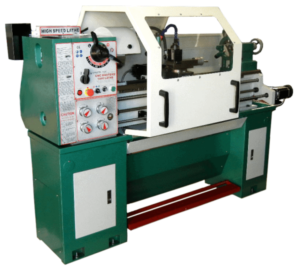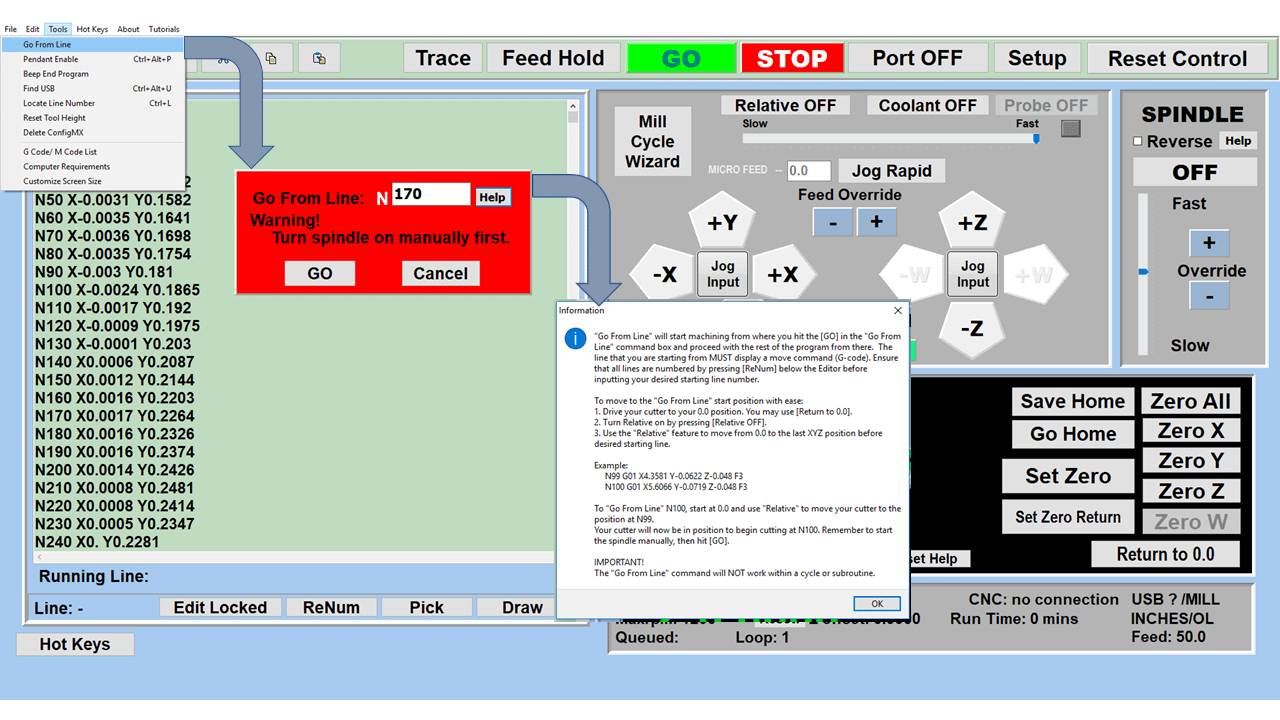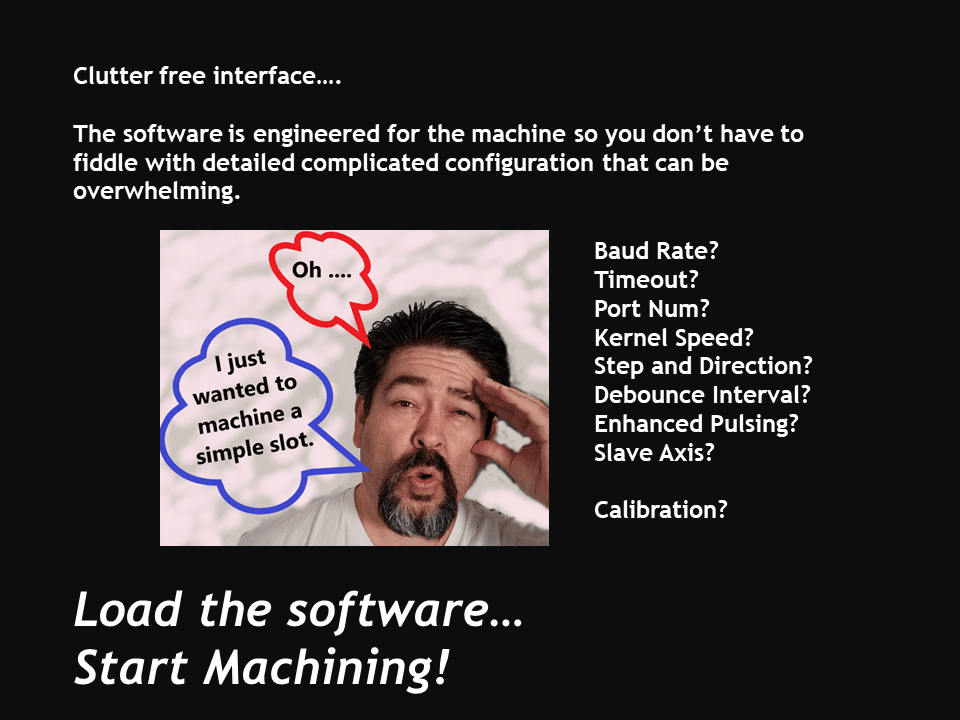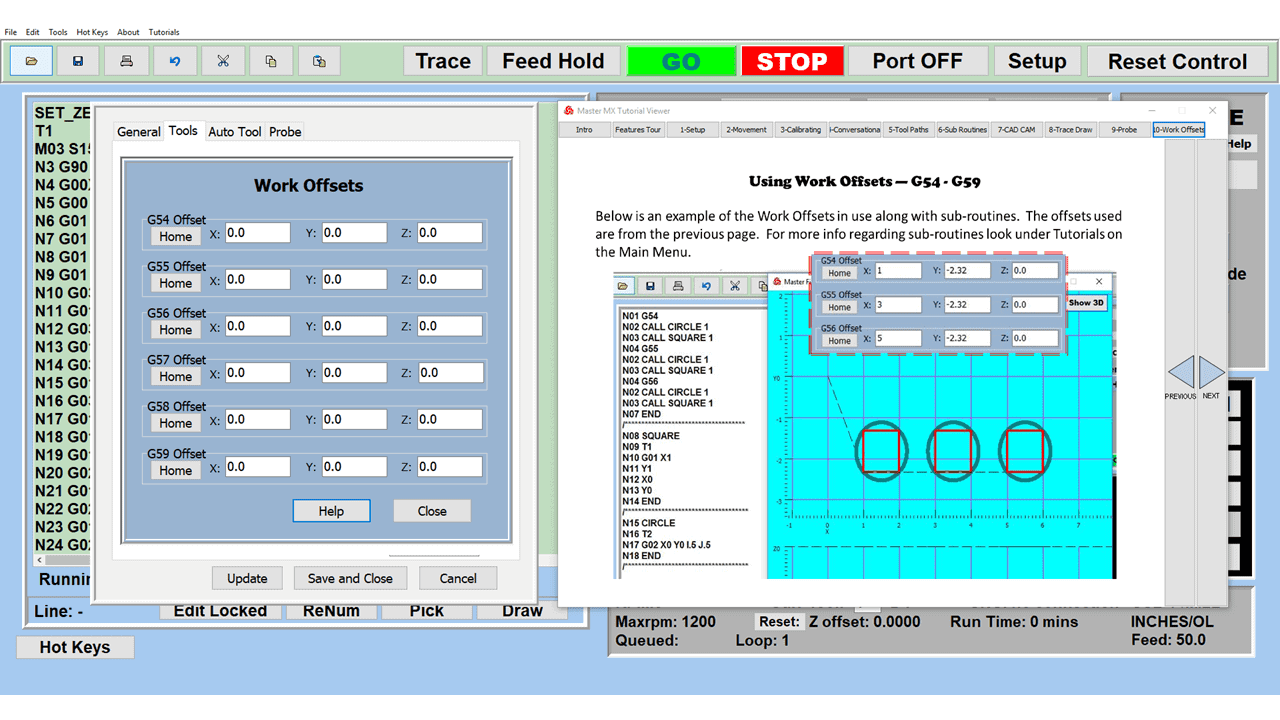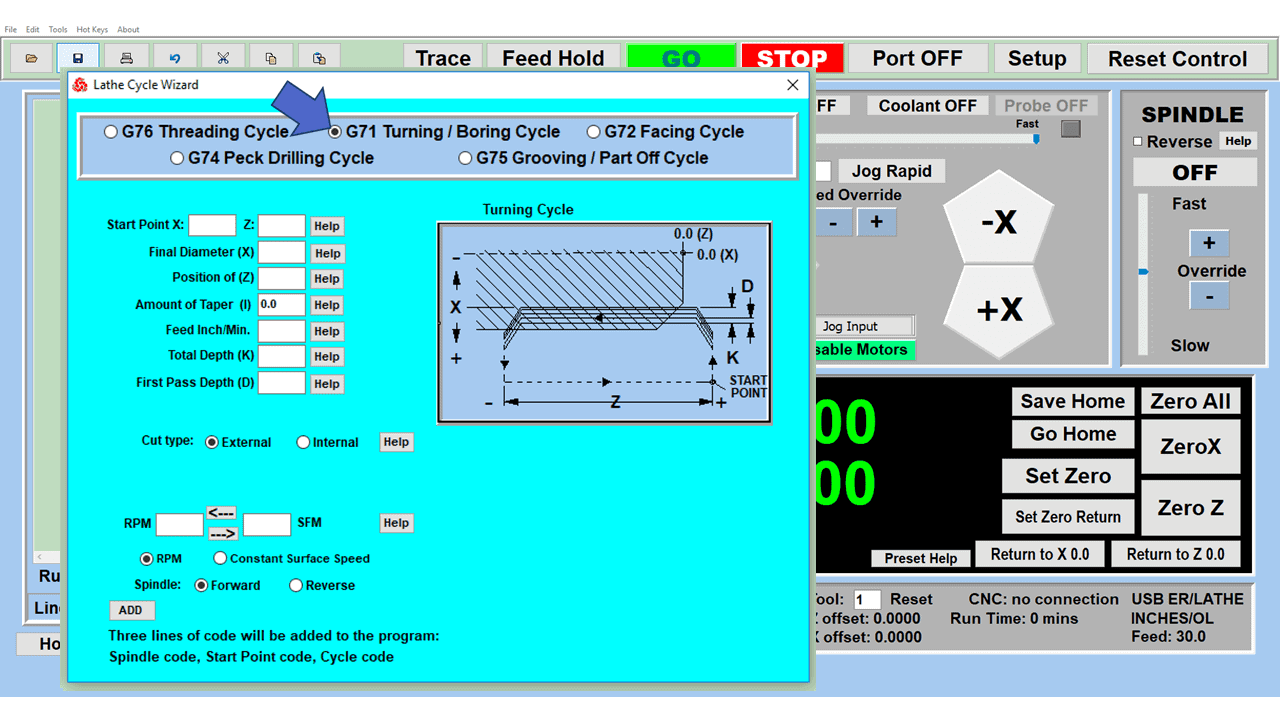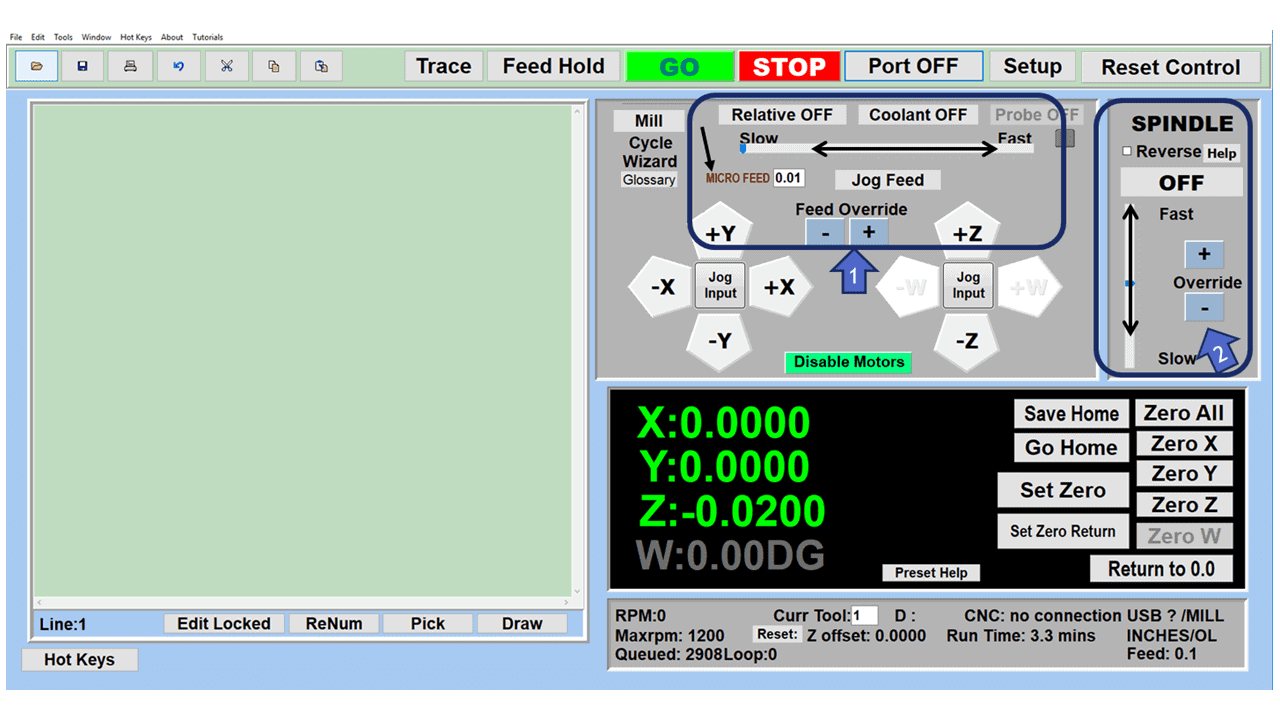Although few machine shops would completely disregard adding CNC coolant to their expensive machine tools, many don’t consider coolant systems as a primary component of their machining operations. However, the type of coolant you use and how you apply it is essential to metalworking success and an efficient machining process.
You can apply coolants and lubricants with compressed air, flood coolant, misting, or high pressure. Some machine shops choose CNC mills and lathes with minimum quantity lubrication (MQL) to minimize the amount of coolant used to avoid wasting it.
What is the Function of Coolant?
The terms “coolant” and “lubricant” are often used interchangeably, but not all coolants are lubricants. For example, compressed air works as a coolant but has no use as a lubricant.
No matter what type of CNC machining you do, CNC coolants play a critical role. They help increase tool life and offer a better surface finish on the machined parts. By understanding the available coolant types, you can select a coolant that fits your machine and application. Maintaining the correct coolant concentrations also helps extend the life of your coolant, cutting tools, and CNC machine.
Here are some of the ways cutting fluids benefits the machining process in your shop:
- Reduce or remove the heat build-up between the cutting tool and workpiece since high temperatures can result in warping, melting, discoloration, or premature tool failure
- Reduces friction with lubrication to aid the chip removal process
- Evacuates chips and abrasives to clear the work area, preventing chip re-cutting and helping the part’s surface finish
- Protects against corrosion
Remember that the type of coolant and the mix of cooling and lubrication will depend on the type of CNC machining and the materials you are cutting. Also, keep in mind that coolants can be expensive, and wasted coolant is wasted money. Knowing the amount and type of coolant required for the job can prevent this.
What is the Right Coolant for Your CNC Machine?
Using water alone as a coolant is never a good idea since it’s the additives in the fluid that prevent damaging rust and corrosion. Typically, most CNC machine tools use one of the following types of coolant classified as follows:
Soluble Oils
Soluble oils are the least expensive cutting fluids and the most common in machining operations. These so-called emulsions have excellent cooling and average lubricating properties. Soluble oils are created when mineral oil is added to water in specific percentages. Emulsifiers are also included to keep the solution mixed, while adding other components improves corrosion resistance, bacteria prevention, and lubrication. Soluble oils work best in light-cutting operations.
Synthetic Fluids
Synthetic fluids are water-based coolants containing organic and inorganic chemical compounds but no mineral oil. The additives in the fluid include lubricants, rust inhibitors, and corrosion inhibitors, all of which improve the other properties that the water content would have compromised.
One of the primary benefits of synthetic coolants is no foaming, which you typically find in fluids with high mineral oil content. So, when a synthetic coolant starts to foam, you know it’s contaminated.
Synthetic coolants are durable and more stable than other types of metalworking fluids. Their chemistry helps create solutions that reject all tramp oils and perform better in the sump, allowing for a longer-lasting solution with higher efficiency in recycling.
Although synthetic coolants cost more, the cost is offset by reduced consumption, such as lower amounts of concentration to recharge the solution.
Semi-Synthetic Fluids
Semi-synthetic fluids are a stable blend of mineral oil, corrosion inhibitors, and additives for a cleaner operation in high-speed and high-pressure CNC machines. They contain a mixture of up to 50% mineral oil, additives, and chemical compounds that dissolve in water. In other words, semi-synthetic fluids combine the properties of soluble oil and synthetic fluids.
Although they contain many of the same ingredients as soluble oils, semi-synthetic coolants are cleaner than soluble oils while providing excellent lubrication, heat reduction, rust control, and longer sump life.
Straight oils
Straight oils are not mixed into water and are made of a mineral or petroleum oil base. These fluids contain lubricants such as vegetable oils, fats, and esters, making them biodegradable and environmentally friendly. Unfortunately, they are expensive and decompose quickly. Because of this, they are primarily used as additives to petroleum and mineral oils to enhance their lubricating properties.
Straight oils often contain chlorine, phosphorus, and sulfur, extreme pressure additives that help reduce tool wear. Still, even though they provide the best lubrication, straight oils have the poorest cooling characteristics.
Find the Right Coolant Concentration
Most machine manufacturers provide explicit instructions on the type of coolant their machine requires. For instance, manufacturers of most 3-axis CNC machines provide detailed data on the necessary type of coolant and the coolant’s concentration level. Pay attention to the proportions they recommend and use deionized water when mixing the coolant solution since deionized water is typically non-corrosive to metals like aluminum and steel.
If the coolant is lower than the recommended concentration level, several issues can occur, including bacterial growth, reduced tool life, and corrosion to the machine and workpiece.
However, if the concentration of coolant is too high, you could experience any of the following:
- Foaming
- Less lubrication
- Wasted coolant
- Formation of residue that reduces tool life
- Staining the machine and machined parts
- Skin irritation (toxicity)
Machinists should check the coolant at the start of each day and maintain an acceptable concentration level. Hand refractometers are excellent for checking cutting fluid concentrations and maintaining control. Remember that machine coolant concentrations can change as much as 20% daily from evaporation, splashing, and misting. Therefore, a daily log of concentration levels for each CNC machine lets you know how the coolant system works and how much the concentration levels change from one day to the next.
It’s essential to select the correct coolant for your machine and the metals you’re machining and to maintain the recommended concentration levels so that you can extend the life of the coolant, the cutting tools, and your CNC machine.
Machine Coolant Concentration Chart
Using the correct coolant for the material and type of machining results in higher production efficiency and sustained high-quality products. Recommendations vary according to the manufacturer, but for a general idea of different coolants used for other materials and machining operations, consider this machine coolant concentration chart from Fox Valley Technical College:
| Material | Milling | Drilling | Tapping | Turning |
| Aluminum | Soluble oil (96% water) or mineral oil | Soluble oil (70-90% water) | 25% sulfur-based oil mixed with mineral oil | Mineral oil with 10% fat (or) soluble oil |
| Brass | Soluble oil (96% water) | Soluble oil | 10-20% lard oil with mineral oil | Mineral oil with 10% fat |
| Bronze | Soluble oil | Soluble oil | 30% lard with mineral oil | Soluble oil |
| Alloy Steels | 10% lard oil with 90% mineral oil | Soluble oil | 30% lard oil with 70% mineral oil | 25% sulfur base oil with 75% mineral oil |
| Cast Iron | Dry | Dry | Dry or 25% lard oil with 80% mineral oil | Dry |
| Malleable Iron | Soluble oil | Soluble oil | Soluble oil | Soluble oil |
| Copper | Soluble oil | Soluble oil | Soluble oil | Soluble oil |
| Low Carbon and Tool Steels | Soluble oil | Soluble oil | 25-40% lard oil with mineral oil | 25% lard oil with 75% mineral oil |
Applying Water-Based Fluids and High-Pressure Coolants to CNC Machining
Applying a water-soluble cutting fluid is as vital as the type you use. Most CNC lathes and machining centers come with through-the-tool coolant capability, and it makes sense to use it, even if you must buy new tool holders.
If your machine tool can use high-pressure coolant (HPC), invest in a system and improve tool life, increase feeds and speeds, and eliminate issues with chip control. Unless you cut softer material like brass or free-machining cold-rolled steel most of the time, you’ll boost your bottom line with an HPC system. You could see up to 1,000 psi pressures, which are ideal for most operations, including deep-hole drilling and tapping.
Most machine shops observe longer tool life after they change cutting fluids, and that’s because clean coolant has fewer bits of dirt and metal that contribute to tool wear. Understandably, you can’t empty the coolant tank, clean it, and add a fresh mixture every week, but using a filter is almost as effective.
Although synthetic or semi-synthetic fluids will cost more, there is a substantial payback in the form of higher productivity, longer tool life, and reduced cutting fluid consumption. Follow the best advice, match the cutting fluid to the material and operation, keep your coolant as clean as possible, apply the coolant effectively, and ensure you are using a high-quality sump pump.
Give Your Machining Coolant the Respect It Deserves
Too many machinists and machine shops take their CNC coolant for granted, and as a result, it has become one of the most overlooked components in a machining operation. CNC machining success and peak shop efficiency depend on the coolant or lubricant you use and the pressure you apply.
Remember that you can apply coolant as compressed air, misting, flooding it, or using a high-pressure system. Specific machine tools are MQL-able, meaning they can restrict the amount of coolant applied to only what is necessary, which avoids waste.
Coolants play an integral role in machining, including grinding, milling, drilling, and turning, and they are essential in prolonging tool life and providing improved surface finishes. Knowing the types of coolants and their correct application will help you select the proper coolant and the most beneficial one.
And finally, by properly maintaining the concentration levels of your coolant, you will extend the life of your coolant, along with your cutting tools and machine tool.
SOURCES:
https://wiki.thayer.dartmouth.edu/pages/viewrecentblogposts.action?key=machineshop&src=sidebar.
http://its.fvtc.edu/machshop1/coolant/cutfluids.htm.
https://van.physics.illinois.edu/qa/listing.php?id=17632.

